Who says there isn't any perennial gardening to do in December??
Well, truth be told, there may or may not be. That depends on where you live. If your ground is still open and not frozen, you could do some planting. But most of us are entering our period of dormancy, too.
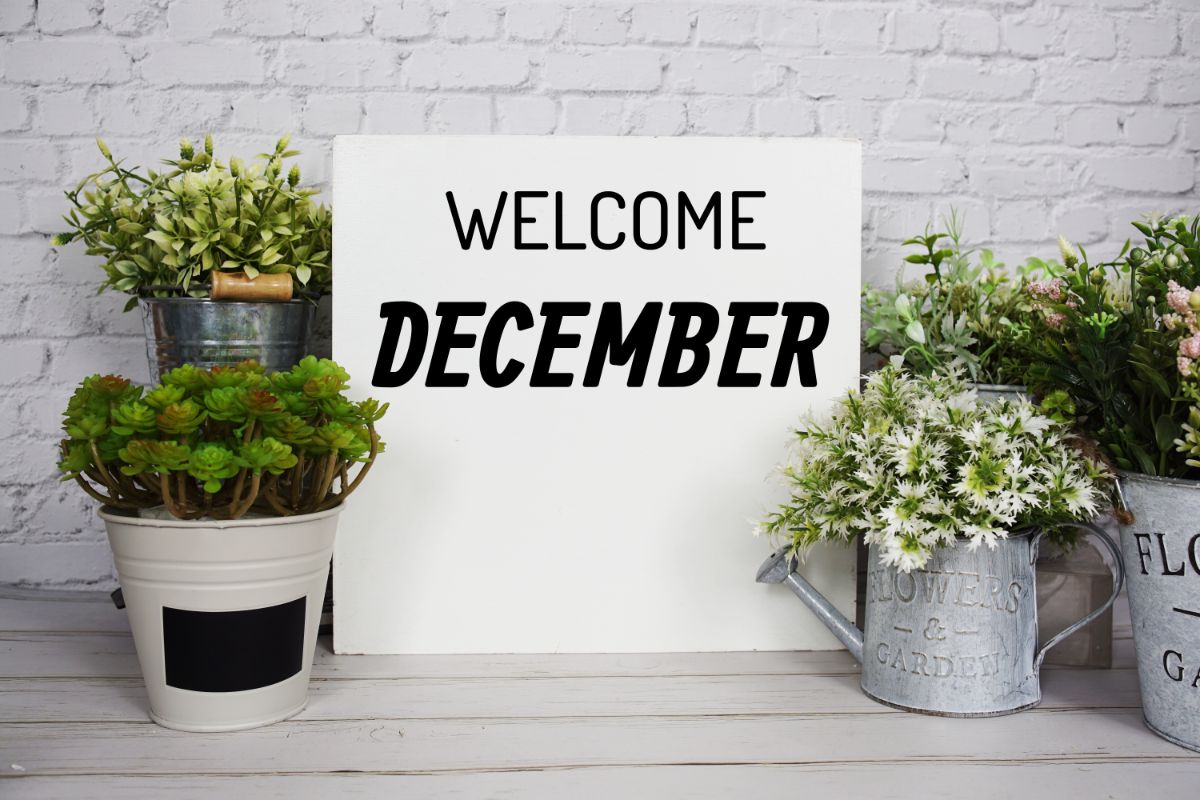
That’s not to say there aren’t some things of interest for a smart perennial gardener to do in December. Here are our top 10 recommendations.
Jump to:
- Top 10 Things for Smart Perennial Gardeners to Do in December
- 1. Make a List and Make it Known!
- 2. Buy Bulbs for Forcing for Early Indoor Blooms
- 3. Chill Bulbs for Forcing
- 4. Start Planning Perennials You Want to Start from Seed
- 5. Sign Up for Seed and Bulb Catalogs
- 6. Winter Mulch Bulb and Perennial Beds
- 7. Make Sure Dug Bulbs and Tubers are Well Stored
- 8. Make Some Final Notes for Your Future Perennial Plans
- 9. Decorate for the Holidays with Live Plants and Lasting Perennials
- 10. Relax and Reset
Top 10 Things for Smart Perennial Gardeners to Do in December
There may not be a lot of active gardening to do, but that’s okay, too. Isn’t it nice to enjoy a little downtime with fewer demands while still finding ways to enjoy your hobby?
Here are some things to consider:
1. Make a List and Make it Known!

If you’re celebrating holidays, and people are buying you gifts, why not help them buy something that you will use and enjoy? Something that helps you in your hobby or helps you to afford it?
The thing is, unless those people are perennial gardeners themselves, they may not know what to get you. So help them out. Make a nice list of things you need or want. Include the things that are on your perennial “wish list” that you might not be able to justify spending money on.
Be specific! And don’t forget to include gift card or gift certificate requests to your favorite nurseries or plant and seed companies!
Then, don’t forget to share that list! A wish list is no good if no one knows what you’re wishing for!
2. Buy Bulbs for Forcing for Early Indoor Blooms
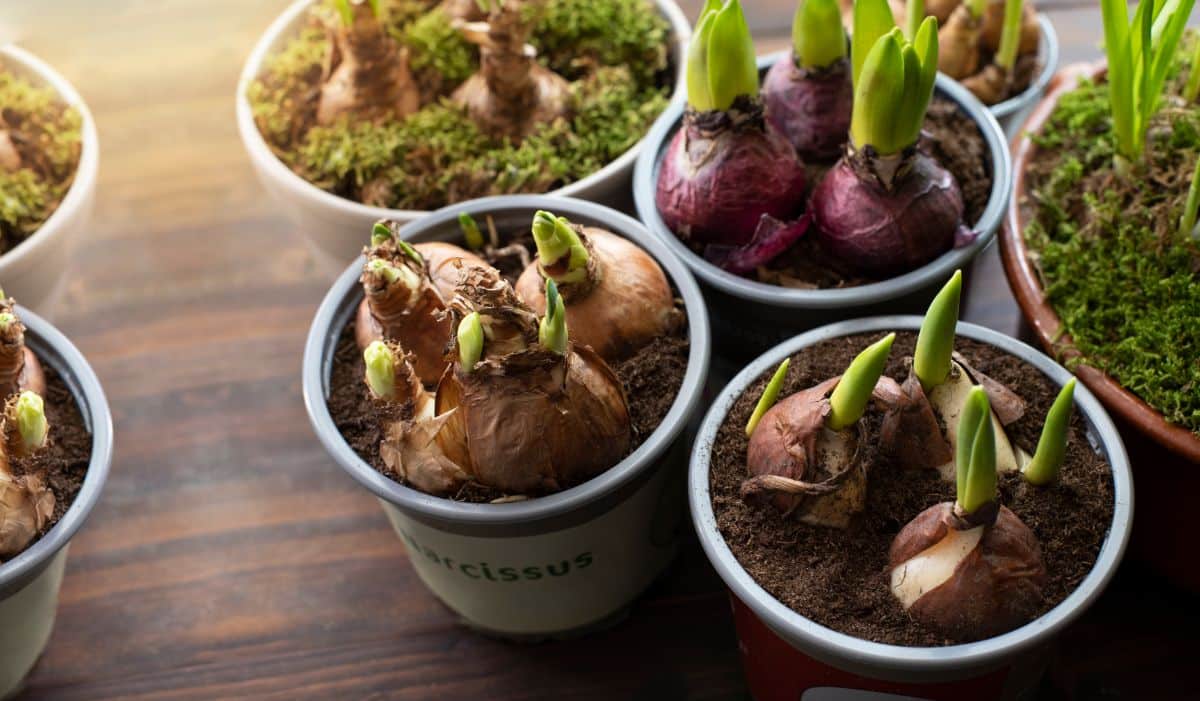
You know those nice pots of daffodils, tulips, and hyacinths we see in stores in late winter and early spring? You can grow those, too.
The thing is, the fall-planted bulbs that we use for forcing won’t be for sale much longer. You may even have to order online. If you don’t buy them soon, you won’t have time to prep them and get blooms out of them.
You might also find good clearance sales on bulbs this month. Why not snap them up and stick them in the fridge to perk up the dreary days later on?
(If your ground isn’t frozen, you can even get in some last-minute spring flowering bulbs. Consider that while you’re shopping!)
3. Chill Bulbs for Forcing
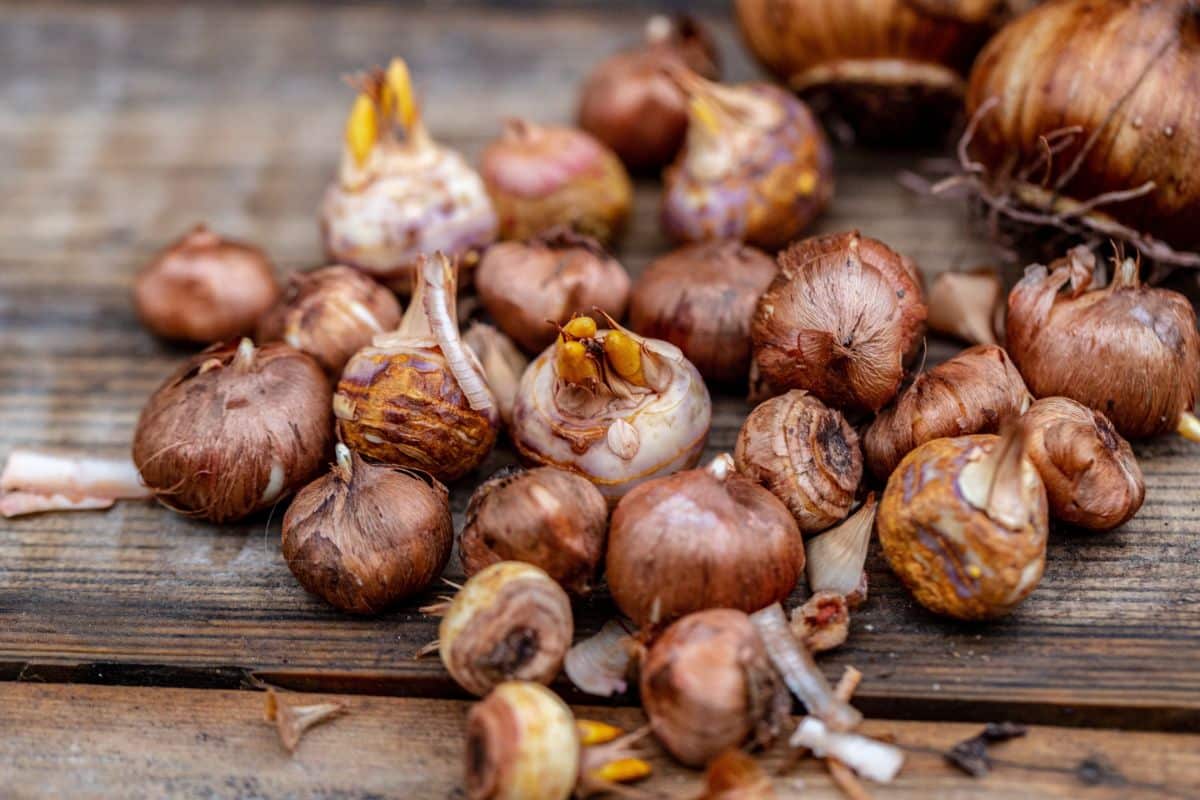
To get those bulbs to flower, they have to be cold-treated. This is just a matter of putting bulbs in the refrigerator or cold, unheated space, but you do have to chill the bulbs to mimic their natural cold winter cycle in the ground.
On average, you need between six and twelve weeks of chilling to force bulbs. We typically want flowers flowering for late winter, so that means you’ll need to start chilling most bulbs this month.
You can’t chill the bulbs for too long, so even if you’re not quite sure when you want to plant them and when you want them in bloom, it’s smart to start chilling them now so you have time and options.
So, smart perennial gardeners who want to grow their own plentiful pots of beautiful blooms are starting to chill those bulbs this month.
4. Start Planning Perennials You Want to Start from Seed

Something else you can start doing this month is to start planning which perennials you might want to start from seed. There are so many options, from herbs to flowers and on and on.
The thing is, perennials are slower to germinate and slower to grow from seed than vegetables and most annual flowers. That means it’s smart to plan well in advance so they can be started in the early months of the year.
What’s more, this coincides with the mailing of seed catalogs. And the early bird gets the seeds while they’re in stock!
5. Sign Up for Seed and Bulb Catalogs
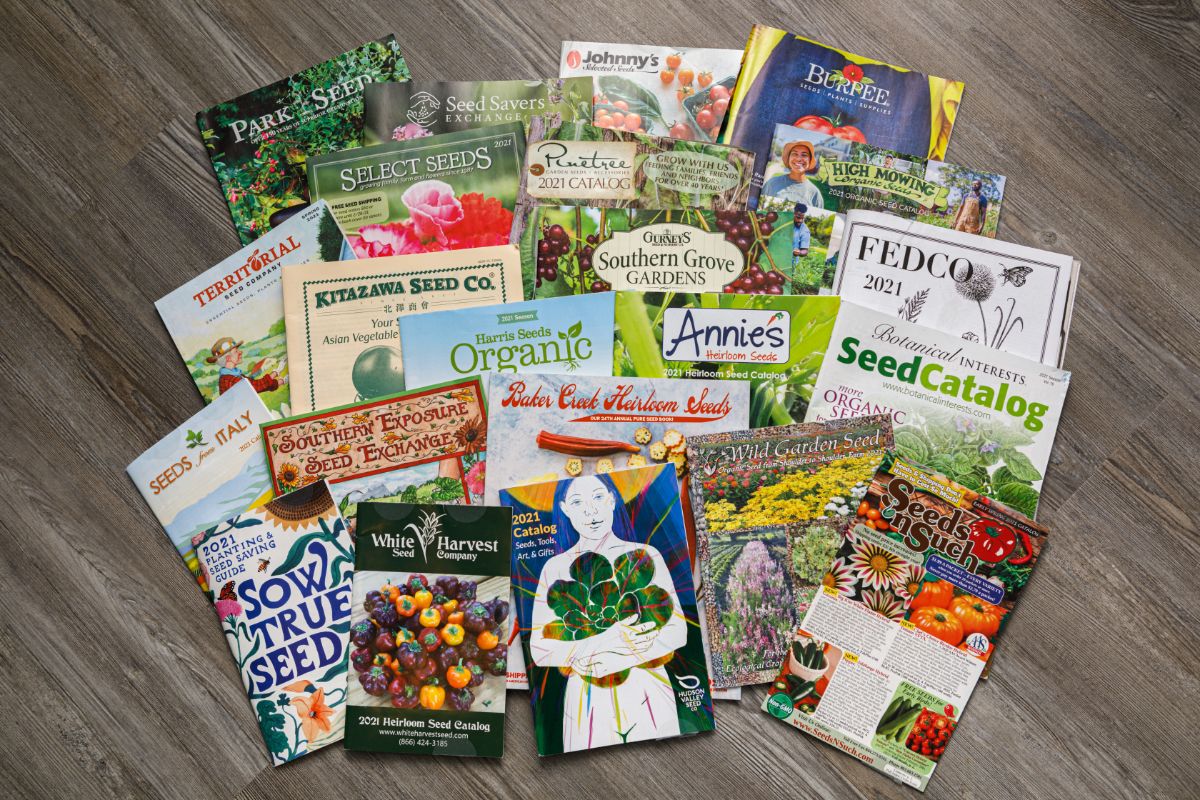
Speaking of seed catalogs, if you haven’t signed up for your favorites yet, now’s the time. Mailings start in December. November through January are prime time for seed and plant catalog mailings.
It’s easy to get on seed catalog mailing lists. These days, you can usually just go online on the company’s website and sign up. Most catalogs are free.
You might not feel like you need a paper catalog since you can buy online, but you'll often find that there is better and more thorough information in the catalogs. It’s also easier to see all of what is available. Online, you kind of have to know what you’re looking for.
The catalogs make good references for later on in the growing process, too.
6. Winter Mulch Bulb and Perennial Beds
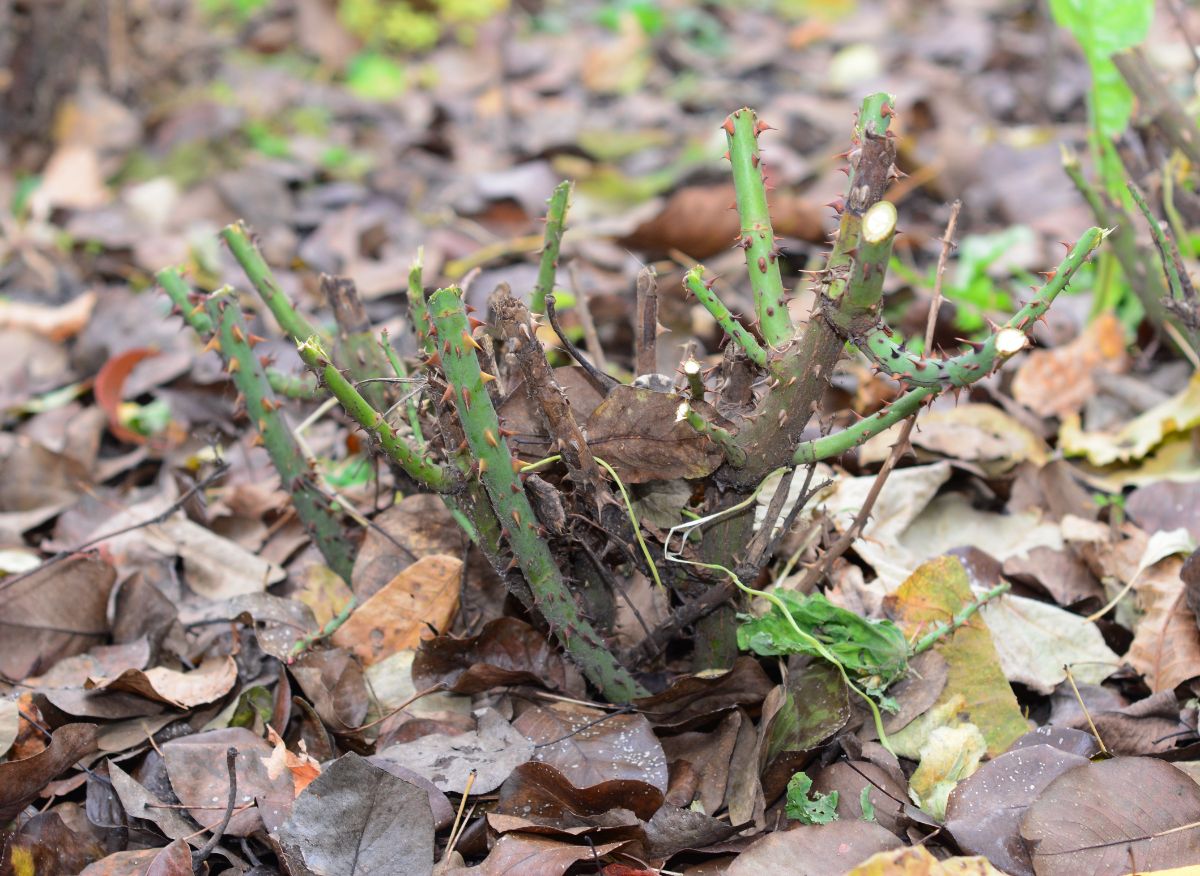
You shouldn’t lay winter mulch until after your ground has seen some freezing temperatures. This locks in the cold to keep things at a steady, consistent state, which is better for your plants.
More and more, many places don’t see enough cold until December. It may be even later if you live in a warmer area and haven’t seen much frost yet.
So, for many of us, the right time is now, in December. If you’re not sure if your ground is ready, read up on the topic here.
7. Make Sure Dug Bulbs and Tubers are Well Stored

Did you dig your tender bulbs and tubers? Did you store them well?
If all you’ve been able to do is get them out of the ground, no worries; your bulbs are surely still in good shape (tubers, too). But you do want to get them properly stored before they get overly dry.
Different types have different storage preferences, but generally speaking, bulbs should be wiped off wet mud and stored in netted or paper bags.
Most tubers need to retain some moisture, so packing them in shavings, vermiculite, sand, or other material is often best.
8. Make Some Final Notes for Your Future Perennial Plans

You probably had loads of ideas for your perennial gardens as you grew them this summer. You may have even wanted to make some changes.
But how likely are you to remember all of that come next spring?
Take the time to jot down some notes. Maybe do some perennial garden journaling:
- Ask yourself what did and didn’t work.
- What’s overgrown?
- What do you just plain hate?
- What do you want to add?
- Are there new design elements, arrangements, or features you want?
These are just a few thoughts to get you started. Whatever is important to you should be written down. Then, come spring, you can use these to guide your season’s perennial plans.
9. Decorate for the Holidays with Live Plants and Lasting Perennials
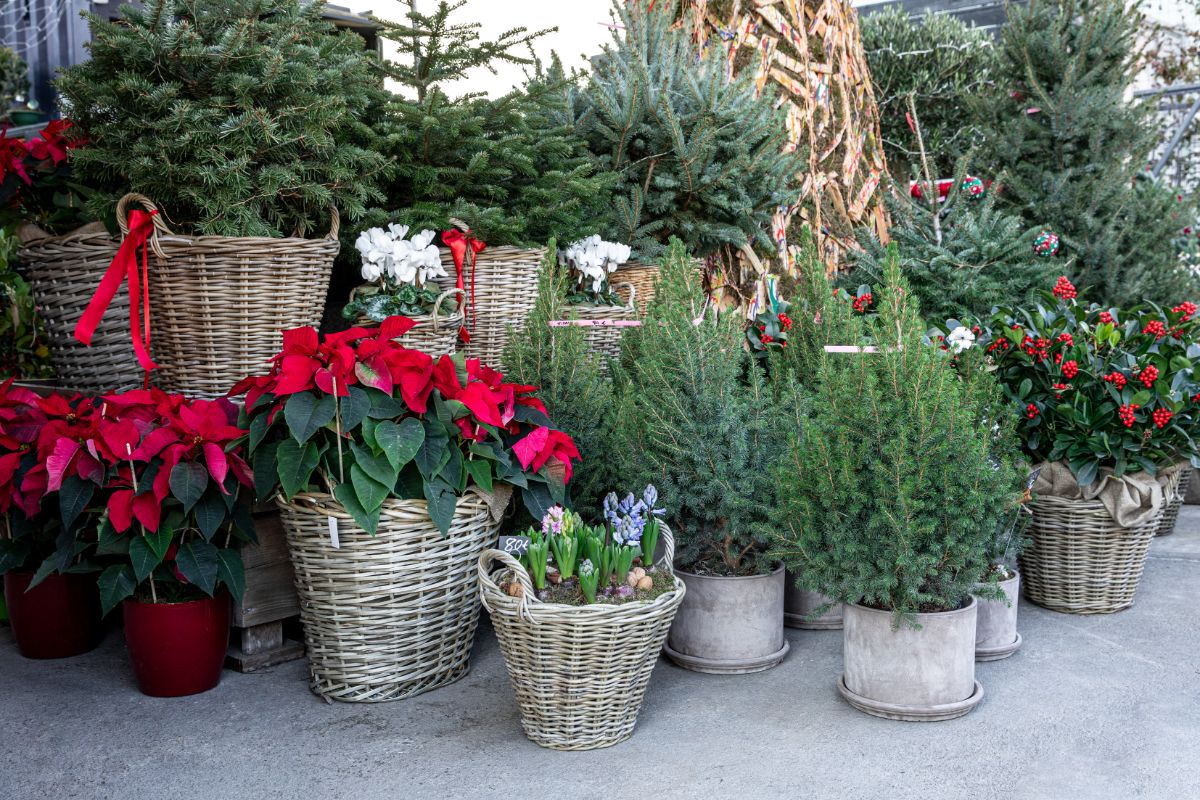
As you start decorating for the big holidays, think about alternative plants that you might use in the future in your yard and perennial gardens.
- For example, cyclamens make a lovely Christmas plant, and they can live outdoors, too.
- Mini roses are pretty, colorful Christmas plants that can live in the ground or in containers next spring.
- Boxwoods and other evergreens, ivies, and shrubs can serve these dual purposes, too.
Why waste money on plants you’ll throw away? Why not use something with a future?
10. Relax and Reset

Gardening is rewarding work and enjoyable work, too, but it does take a toll, and there does come a time when you’re ready for a rest.
Take it.
Relax, reflect, and enjoy your perennial hobby, past, present, and future. Reset so you continue to enjoy your perennial gardening and not get burned out by it.

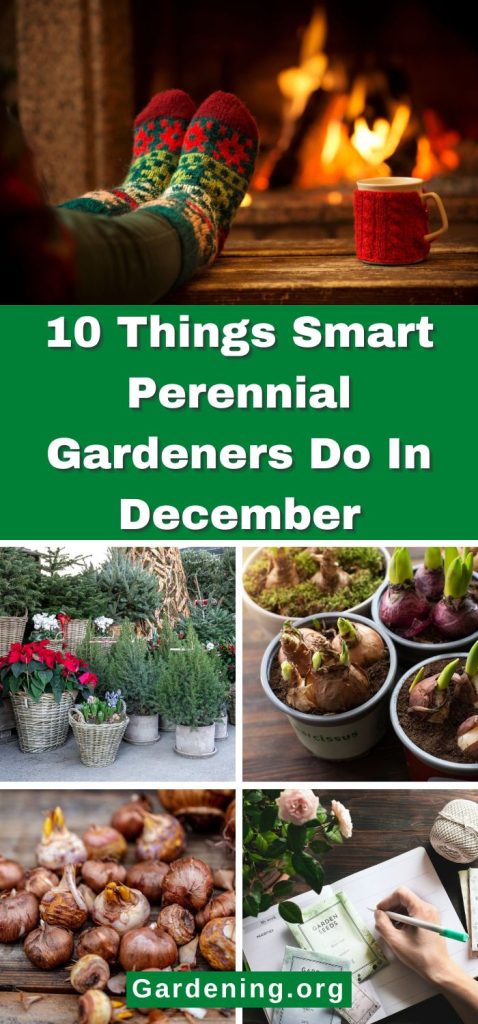

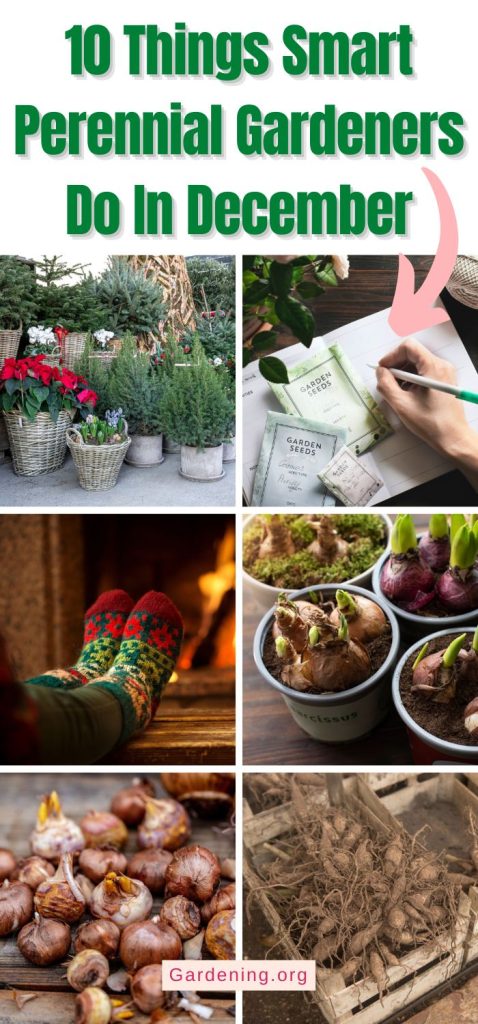
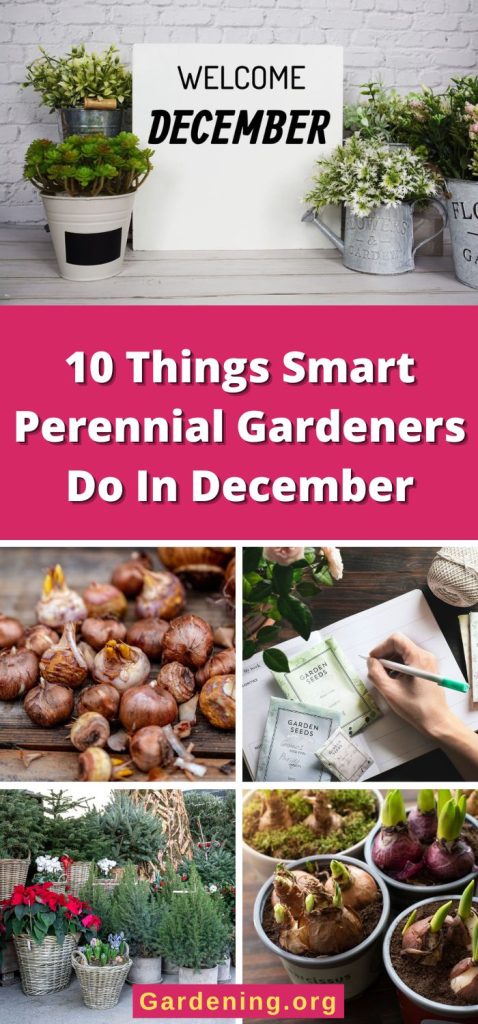
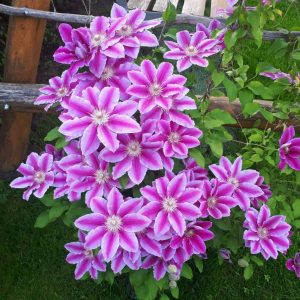
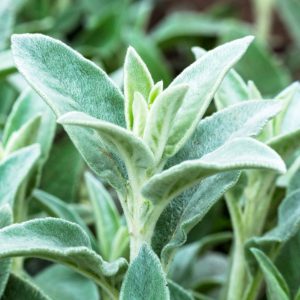


Gayle
Thanks for the advice! Does anyone know if/how I should?feed/prune a Camilla bush that on Christmas Day surprised us w/about 8 beautiful flowers 🌺, we never noticed it before & it really needs to be trimmed & nurtured! Is now a bad time??